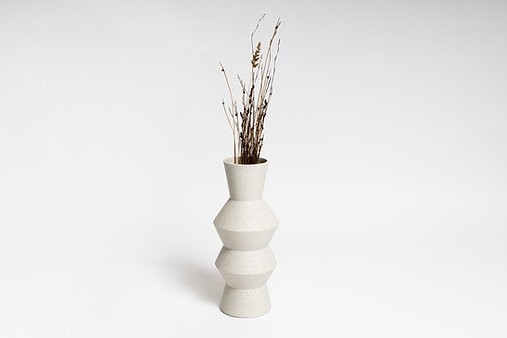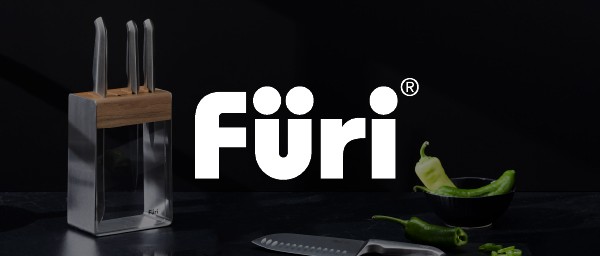

Small Aglaonema Lady Valentine

Pink Agalonema Traits My pretty Valentine … Lady Valentine that is!
This colorful plant sits on a long table in my dining room with many other houseplants.
Some who see it on social media repeatedly ask “What is the name of the pink one?“. You asked so a care post is coming your way.
Size
Lady Valentine Aglaonemas are most commonly sold in 6″ grow pots. Also, in 4″ and 8″ pots.
I’ve had mine for 3 -1/2 years now and it’s still in the 6″ pot I bought it in. It stands 25″ tall (pot included) x 32″ wide.
Growth Rate
Most aglaonemas are known to be slow-growing plants. Mine is in a very bright exposure and has been growing moderately.
As with any indoor plant, the lower the light, the slower the growth rate will be.
Uses
These are tabletop plants. I’ve seen them used in dish gardens too.
I already have a general guide on Agalonema Care. I wanted to do one specifically on the Pink Aglaonema because it’s quite popular and you’re obviously curious about it. This is one stunning foliage plant!
The fabulous foliages of my Aglaonema Lady Valentine & Siam Aurora (Red Aglaonema).
Aglaonema Lady Valentine Care

Pink Aglaonema Light Requirements
Aglaonemas, mainly the dark-leaved and/or greener Chinese Evergreens, are billed as low-light plants.
This is where Lady Valentine differs from some of the other Aglaonmeas known for their tolerance of low light conditions.
I’ve found that the dark leaf varieties, like my Aglaonema commutatum Emerald Beauty (oftentimes called Aglaonema Maria) pictured in the middle in the photo below or the popular Aglaonema nitidum and Aglaoenam Silver Queen can tolerate lower light conditions much better than this one.
The Pink Agalonemas and others that have more color and brightness in their foliage (like my Siam Aurora pictured on the right below) need medium to high light to do and look their best. Bright indirect sunlight is what they like.
This plant will do fine in high-light conditions as long as it’s kept a few feet away from windows with the strong sun coming in. That, along with touching the hot glass, will burn it in no time flat.
Most importantly in regards to light, is that this plant doesn’t do well in lower light conditions and will lose coloration (turn greener rather than pink), the leaves will be smaller, and the plant will grow slower if at all.
That’s your cue to move it to a bright spot with indirect light.
Mine sits on the long table about 6′ from a trio of windows with a southern exposure. I live in the Arizona desert where the sun is intense and the sunny days are plentiful.
The color of my plant is strong and it flowers once or twice a year. It likes this spot but I do need to rotate it every couple of months so it gets light on all sides.
I get asked about growing plants in artificial light and I have no experience to share on this subject because I’ve always grown my indoor plants in natural light.
You may have to move your Lady Valentine to a brighter spot in the winter months so it gets the light it needs. Here are more tips on Winter Houseplant Care.
That’s Aglaonema Emerald Beauty (Maria) in the middle. this dark green Ag does better in a lower-light situation
Pink Aglaonema Watering
I water mine when it’s almost dry. Here in the desert during the warm months, it’s every 5-7 days, and in the winter months, every 10-14 days.
i really can’t tell you how often to water your Pink Aglaonema because there are many variables that come into play.
Here are a few: the pot size, the type of soil it’s planted in, the location where it’s growing, and your home’s environment.
Don’t keep your plant too wet or it’ll ultimately succumb to root rot. It’s best if the pot has a drainage hole (or more) as this allows the excess water to flow out and prevents it from building up in the bottom of the pot.
If your plant is showing brown leaf tips, it may be due to the high mineral content in your tap water. A solution would be to try using 1/2 tap water and 1/2 purified water.
Temperature
If your home is comfortable for you, it’ll be so for your indoor plants also.
Be sure to keep your aglaonema out of any cold drafts as well as away from air conditioning or heating vents.
Humidity
Aglaonemas are native to the subtropical and tropical regions of Asia.
The Aglaonema Red Lady Valentine is a mesmerizing houseplant that will bring a touch of elegance and vibrancy to any space. With its stunning red and green foliage, this beauty is a true statement piece. Perfect for both experienced plant enthusiasts and beginners alike, the Red Lady Valentine is renowned for its hardiness and adaptability.
Care Tips:
-
Lighting: Provide your Aglaonema Red Lady Valentine with bright, indirect light to maintain its rich colours. Avoid placing it in direct
sunlight, as it may scorch the leaves. It can tolerate lower light conditions, but its growth may slow down.
-
Temperature and Humidity: This plant thrives in average to warm room temperatures between 18-29°C. It can tolerate lower temperatures, but
avoid exposing it to drafts or sudden temperature fluctuations. Aim for a moderate level of humidity, and consider using a humidifier or
placing a tray of water near the plant to increase moisture.
-
Watering: Keep the soil of your Red Lady Valentine slightly moist but not soggy. Water thoroughly when the top inch of the soil feels dry to
the touch. Overwatering can lead to root rot, so ensure proper drainage and avoid leaving the plant sitting in standing water. During
winter, reduce the watering frequency as the plant's growth slows.
-
Soil and Fertilization: Use a well-draining potting mix specifically formulated for houseplants. A mix containing peat moss, perlite, and
vermiculite works well. Fertilize your Aglaonema every 2-4 weeks during the growing season (spring and summer) with a balanced houseplant
fertilizer. Follow the instructions on the fertilizer package for proper dosage.
-
Pruning and Maintenance: Trim any yellow or damaged leaves to promote overall plant health. Regularly dust the leaves with a soft cloth to
keep them clean and free from dust buildup, which can hinder their ability to photosynthesize.
-
Propagation: The Aglaonema Red Lady Valentine can be propagated through stem cuttings. Simply take a healthy stem cutting with a few leaves
attached, dip the cut end in rooting hormone, and place it in a moist potting mix. Provide warmth and indirect light to encourage root
development.
The Aglaonema Red Lady Valentine is not only a stunning addition to your indoor garden but also an air-purifying powerhouse, filtering out harmful toxins and improving the air quality in your home. With proper care, this beauty will thrive and become a focal point, adding color and life to your living space.
Comes in a 12cm plastic pot.
The product may be provided by a different brand of comparable quality.
The actual product may vary slightly from the image shown.
Shop amazing plants at The Node – a top destination for plant lovers



.jpeg)














.jpg)









.jpg)





.jpeg)





.jpeg)



.jpeg)








.jpeg)



.jpeg)

.jpeg)

.jpeg)

.jpeg)




.jpeg)
.jpg)

.jpeg)






.jpeg)
.jpeg)




.jpeg)





.jpeg)


.jpeg)

.jpeg)

.jpeg)

.jpeg)







.jpeg)
.jpeg)
.jpeg)





.jpeg)



.jpeg)






.jpg)
.jpeg)









.jpg)


ulva-Logo.jpg)




.jpeg)



.png)















.png)
























